explore
Ecosystem & Habitat
What does your pollinator need in its ecosystem?
An ecosystem is a community of organisms (living things) that interact with nonliving parts of their environment, such as sunlight, water, soil, rocks, temperature, and air. A few ways organisms and nonliving parts interact are in food webs and matter cycles like the water cycle. Each organism is adapted to the specific environmental conditions in their ecosystem, like temperature, moisture levels, or soil type. Changes in one nonliving part of the ecosystem can affect the environmental conditions for the whole ecosystem in either helpful or harmful ways.
A habitat is the home of an organism. Different habitats provide unique combinations of food, water, shelter, and space, and organisms will choose habitats where they can get all of these things. For animals, their habitat is where they find food, mate and raise their young, rest, and protect themselves from weather and other threats like predators.
Pollinators play an important role in ecosystems all around the world and have particular habitat needs. Their life cycle depends on certain plants being present and blooming at a certain time. Their cues to hibernate or migrate are connected to plant life cycles and to seasonal weather and climate patterns. On the flip-side, flowering plants depend on their animal pollinators to help move pollen so they can reproduce and make seeds for a new generation. Pollinators are an essential part of many ecosystems!
On this page we'll EXPLORE the ecosystems and habitats of each pollinator group. Understanding these can help you help your pollinator species. Find your species' pollinator group, read about its ecosystem and habitat, and respond to the Questions to Consider.
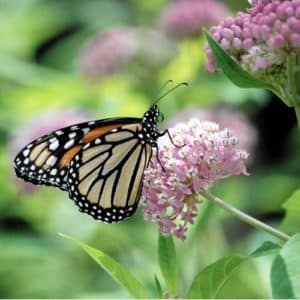
Butterflies & Skippers
Butterflies & skippers are found in all types of climates including mountains, forests, deserts, and marshes. Many butterfly and skipper caterpillars are quite particular about the plant species they feed on. This means that the adults must choose habitats with these plants and lay their eggs on or near them for the emerging caterpillars to find quickly and start eating. The adults depend on the nectar and shelter from harsh weather conditions and predators that flowers provide. Butterflies and skippers are particularly attracted to flowers that are yellow, orange, pink, and red.
Questions to Consider:
- What, specifically, do butterflies and skippers need in their ecosystem at different stages of their life cycle?
- How will understanding your pollinator's ecosystem and habitat needs help you help them?
Moths
Moths are closely related to butterflies and are also found in a wide range of habitat types. They tend to lay their eggs in places like hedges and shrubs where they are protected from predators. Like butterflies and skippers, moths often live close to the plant species they depend on throughout the stages of their life cycle. Moths are particularly attracted to light-colored flowers that bloom at night or that reflect the light of the moon.
Questions to Consider:
- What, specifically, do moths need in their ecosystem at different stages of their life cycle?
- How will understanding your pollinator's ecosystem and habitat needs help you help them?
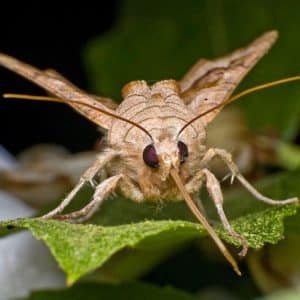
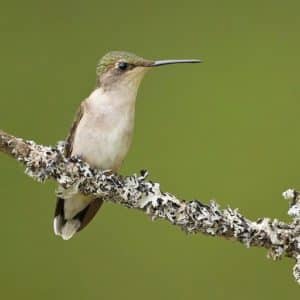
Hummingbirds
A hummingbird's habitat must have flowers, preferably tube-shaped, to provide the sweet nectar these birds depend on for energy. Hummingbirds beat their wings incredibly fast, and this activity takes so much energy that they must spend most of their day drinking nectar. This constant feeding means that hummingbird habitat must have an abundance of flowers. They are especially attracted to flowers that are red, pink, and purple.
A good habitat for hummingbirds also has many safe places to perch near the flowers they feed on. This allows them to move back and forth between the high-energy hovering over flowers to low-energy perching. In fact, the feet of a hummingbird are very small and weak, designed only for perching and not for walking or hopping.
Hummingbirds build their nests high up in trees, typically at least 10 feet off the ground, to make sure their tiny eggs and young stay safe. Hummingbirds can thrive in woodlands, meadows, and even cities where there is sufficient food and perching area.
Questions to Consider:
- What, specifically, do hummingbirds need in their ecosystem at different stages of their life cycle?
- How will understanding your pollinator's ecosystem and habitat needs help you help them?
Bats
Bats rely on flower nectar and fruit juices as their main food source, and are mostly found in tropical and desert habitats. As nocturnal species, bats roost and sleep through the day in cool caves and dark quiet spaces close to their food sources. Look in dark nooks and crannies under decks, roofs, or bridges and you may spot one! They rest hanging upside down using their sharp claws to hold on. Bats live together in groups called colonies that contain 100 to 1,000 animals living together.
When bats come out to feed at night, they look for cacti and other plants that bloom with nectar-filled flowers that provide important nutrients. These flowers often bloom at night, are light colored, and have a very strong smell to attract their bat pollinators. Young bats depend on the adults' health and ability to get food to survive, so if adult bats can't find food, the young bats won't eat either!
Questions to Consider:
- What, specifically, do bats need in their ecosystem at different stages of their life cycle?
- How will understanding your pollinator's ecosystem and habitat needs help you help them?
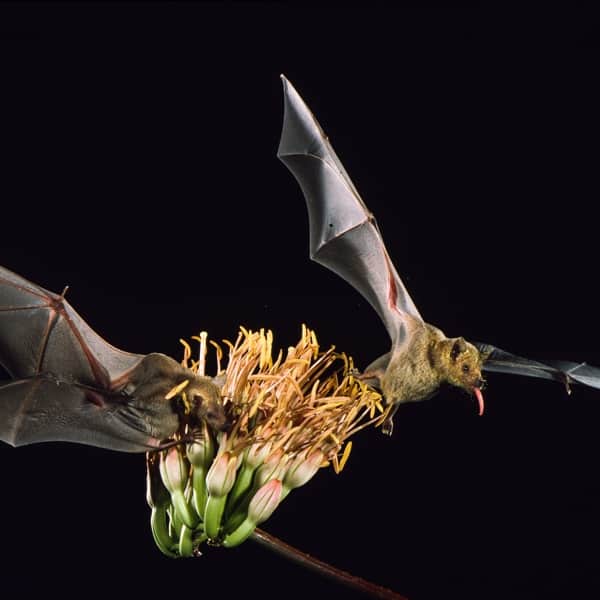
Solitary Bees
Unlike social bees, solitary bees live independently, not in colonies or in nests with other bees. Most bee species native to North America are solitary bees. They often make their homes in small, protected spaces like tiny holes in the ground or in trees. Like social bees, solitary bee species also collect pollen and nectar to feed their young, so they need to live close to flowers that provide this valuable energy source.
Questions to Consider:
- What, specifically, do solitary bees need in their ecosystem at different stages of their life cycle?
- How will understanding your pollinator's ecosystem and habitat needs help you help them?
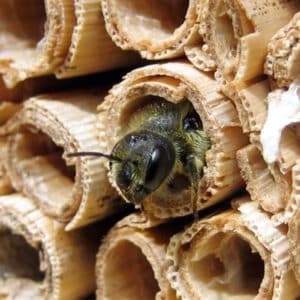
Curious to know more about the species you've chosen to help?
Go beyond this Quest page to explore more about the pollinator species you have chosen to help.
- What does your pollinator species need in its ecosystem?
- Are there particular types of plants that your pollinator depends on as part of its habitat?
- How might the absence of your pollinator species affect the other plants and animals in the ecosystem?
- How does understanding what your pollinator needs in its ecosystem and habitat help you help them?
Does your pollinator species migrate or hibernate during cold seasons?



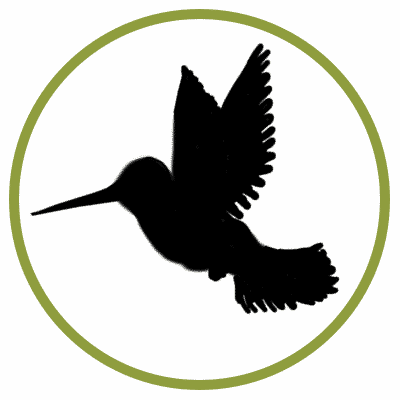

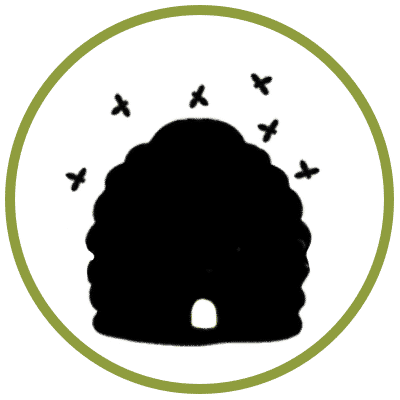
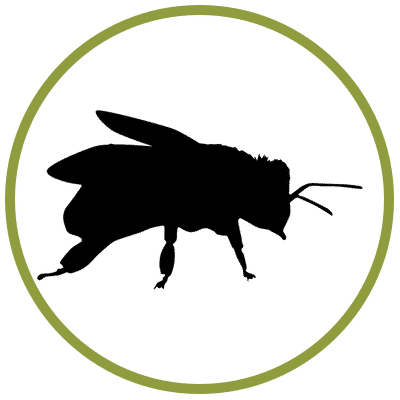

Social Bees
As you may have guessed from their name, social bees live in groups in nests or hives as part of large colonies. Bumble bees, honey bees, and a few other types of bees are considered social bees. They build their nests in holes in trees, underground, or high up in trees where they are protected. The worker bees in these colonies have the job of collecting pollen and nectar for the whole colony (adult bees and bee larvae), so a good habitat for these animals has plenty of blooming flowers and trees. Bees are especially attracted to flowers that are blue and violet.
Questions to Consider: